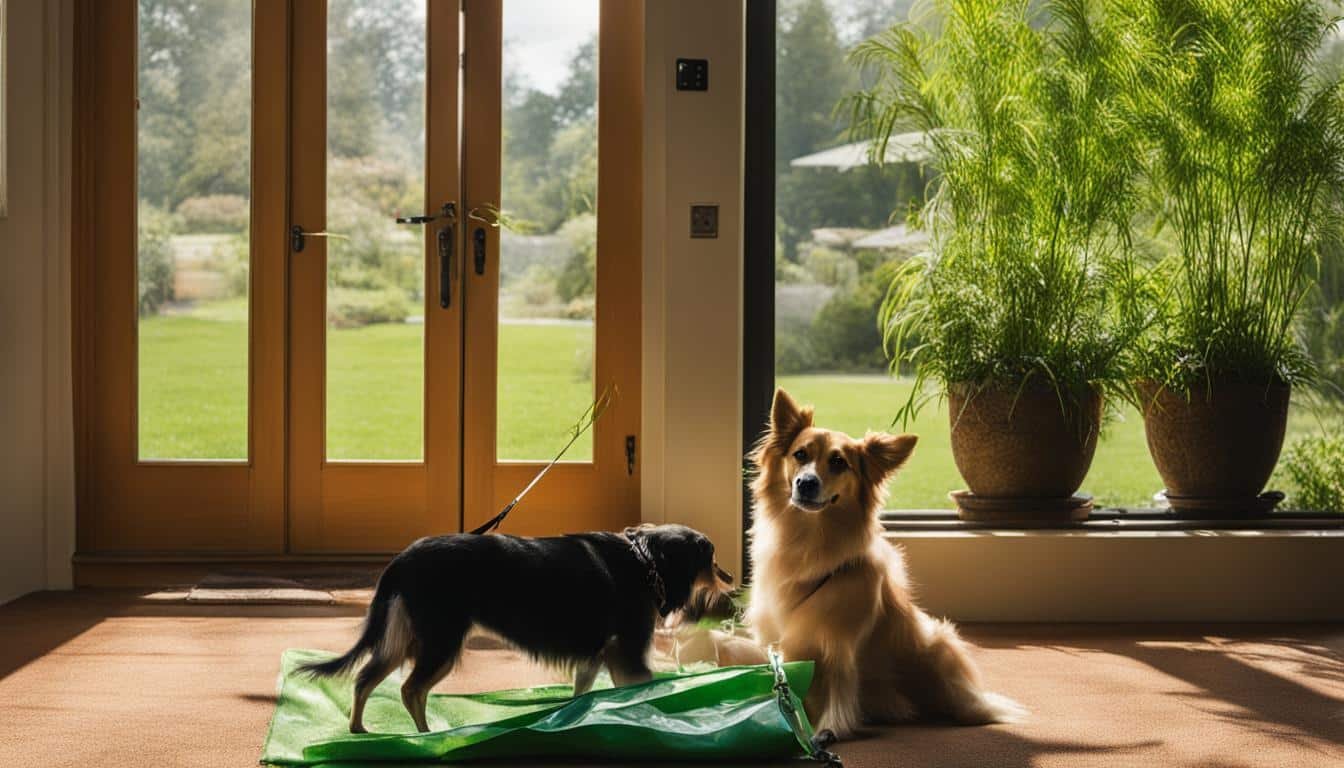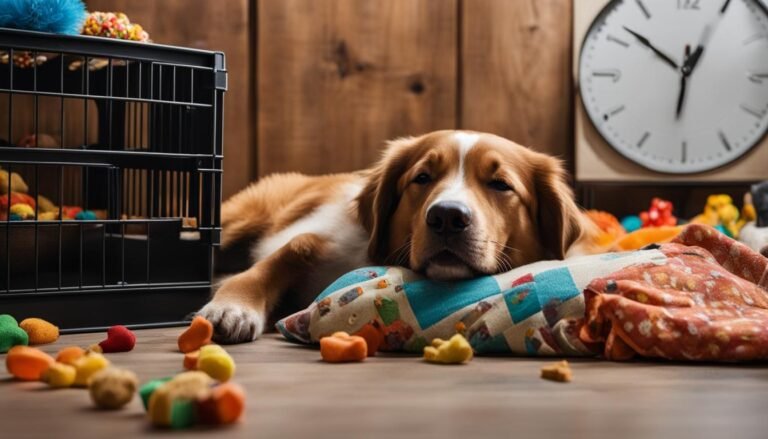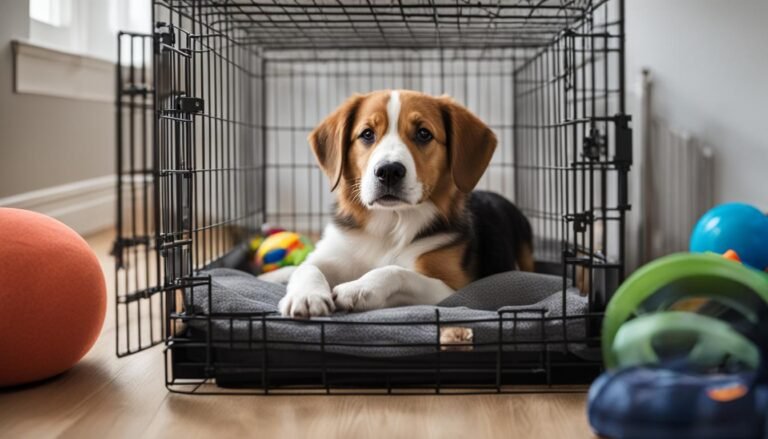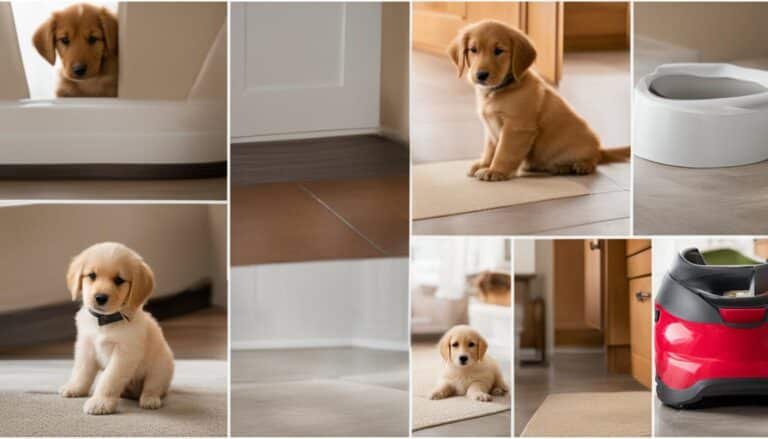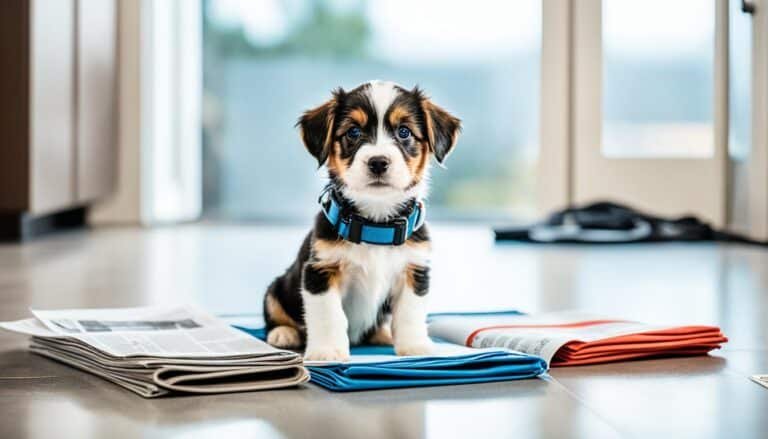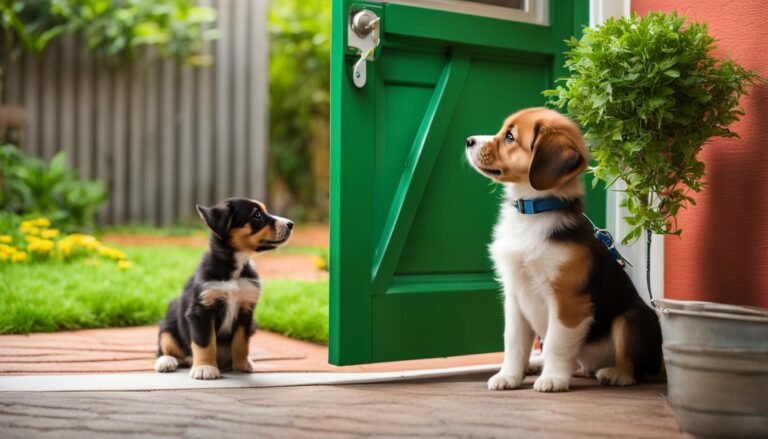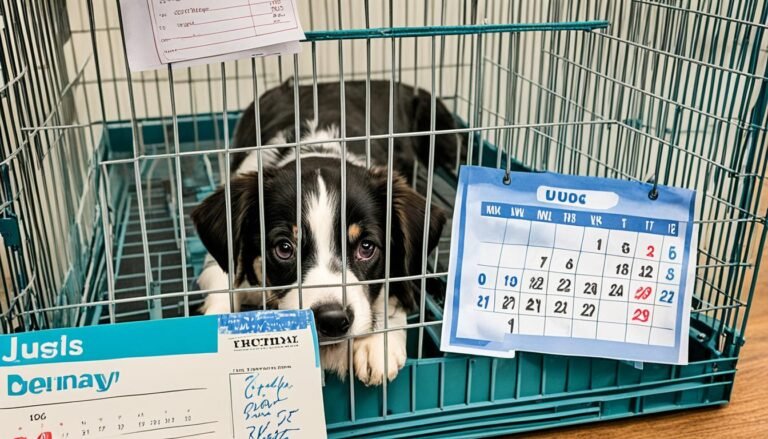How to Toilet Train My Dog
Are you tired of constantly cleaning up messes in your home? Do you dream of having a well-behaved, housebroken dog that can be trusted indoors? I was in the same boat until I discovered the life-changing power of toilet training my dog. Let me share with you the tips and techniques that transformed my furry friend from a messy pup to a well-mannered companion.
It all started when I brought home my adorable little furball, Max. I couldn’t resist his playful antics and lovable nature, but soon enough, my enthusiasm turned into frustration as I struggled to keep up with the constant clean-ups. Every carpet, every corner seemed to be his designated bathroom spot, and I was at my wit’s end.
That’s when I decided to take matters into my own hands and embark on a journey of toilet training. I researched extensively, seeking advice from experts and experienced dog owners. I learned that toilet training, or housebreaking, is not just about teaching your dog where to go, but also about establishing a routine and using effective techniques.
Through consistent effort and patience, I was able to create a routine that worked for both Max and me. I discovered the importance of taking him outside every two hours and after waking up, playing, or eating. By being diligent and following this routine, I saw incredible progress. Max started to understand where he was supposed to do his business, and accidents became fewer and farther between.
But it wasn’t just about establishing a routine. It was also about finding the right techniques that resonated with Max. Some dogs respond well to puppy pee pads, while others prefer being taught to go outside. I found that choosing a specific spot outside, using positive reinforcement, and avoiding punishment or substitutes for going outside were crucial in Max’s learning process.
As we ventured further into our toilet training journey, I discovered the incredible benefits of crate training. I learned that dogs naturally avoid eliminating where they sleep or eat, so using a crate became an essential tool in preventing accidents indoors. I made sure to choose the right size crate, giving Max enough space to move comfortably, and soon enough, he began to view it as his safe haven.
Of course, as with any training process, accidents are bound to happen. But by handling accidents with care and without punishment, I was able to maintain a positive and supportive environment for Max. Instead of scolding, I cleaned up accidents with an ammonia-free cleaning product and continued with the training. And on the flip side, I celebrated every success, using praise, treats, and play to reinforce Max’s correct behavior.
Toilet training my dog has been a game-changer for both of us. Not only did it solve the problem of constant clean-ups, but it also strengthened our bond and improved Max’s overall behavior. Today, I can confidently say that Max is a well-behaved and housebroken member of our family.
In the upcoming sections of this article, I will delve deeper into the specifics of toilet training. From establishing a routine to using effective techniques, we will cover it all. By the end, you’ll have all the tools and knowledge you need to embark on your own journey of toilet training your precious pup.
Establishing a Routine
When it comes to puppy toilet training, establishing a routine is key. Creating a regular schedule for eating, playing, and bathroom breaks will help your puppy understand what is expected of them. Puppies have limited bladder control, so it’s important to take them outside frequently, ensuring they don’t go longer than their age in months between bathroom breaks.
Start by taking your puppy outside every two hours and after they wake up, play, or eat. This consistent routine will reinforce the connection between going outside and eliminating. As you take your puppy outside, use a specific word or phrase, like “go potty,” to associate it with the desired behavior.
Rewarding your puppy for doing their business outside is also crucial. Praise them enthusiastically and offer a small treat each time they eliminate in the appropriate spot. This positive reinforcement will reinforce the idea that going outdoors is the desired behavior.
In addition to bathroom breaks, it’s important to establish a regular feeding schedule for your puppy. Consistency in their feeding routine will lead to a more predictable bathroom schedule. Feed them at the same times each day and remove any uneaten food after 10 to 15 minutes. This will help regulate their digestion and make it easier to anticipate when they will need to go outside.
Remember, patience and consistency are key when it comes to establishing a routine for puppy toilet training. By following a regular schedule for bathroom breaks and feeding, you’ll set your puppy up for success in their toilet training journey.
Effective Techniques
When it comes to toilet training your dog, there are several effective techniques you can use. Whether you prefer using puppy pee pads indoors or teaching your dog to go outside, consistency is key. Remember, patience and positive reinforcement are essential in teaching your dog what is expected of them.
Using Puppy Pee Pads
Many dog owners choose to utilize puppy pee pads indoors as a toilet training tool. These absorbent pads provide a designated area for your dog to relieve themselves. To use puppy pee pads effectively, place them in a consistent location indoors and encourage your dog to use them. When your dog eliminates on the pad, reward them with verbal praise or a small treat as positive reinforcement.
Teaching Your Dog to Go Outside
Some owners prefer teaching their dog to go outside for their bathroom needs. Establishing a specific spot outside where you want your dog to eliminate is important for consistency. Take your dog to this spot regularly, especially after meals and naps. When your dog successfully eliminates outside, reward them with praise or treats to reinforce the behavior.
It’s crucial to avoid using punishment or potty pads as a substitute for going outside. Clear communication, positive reinforcement, and consistency are key elements in successfully toilet training your dog.
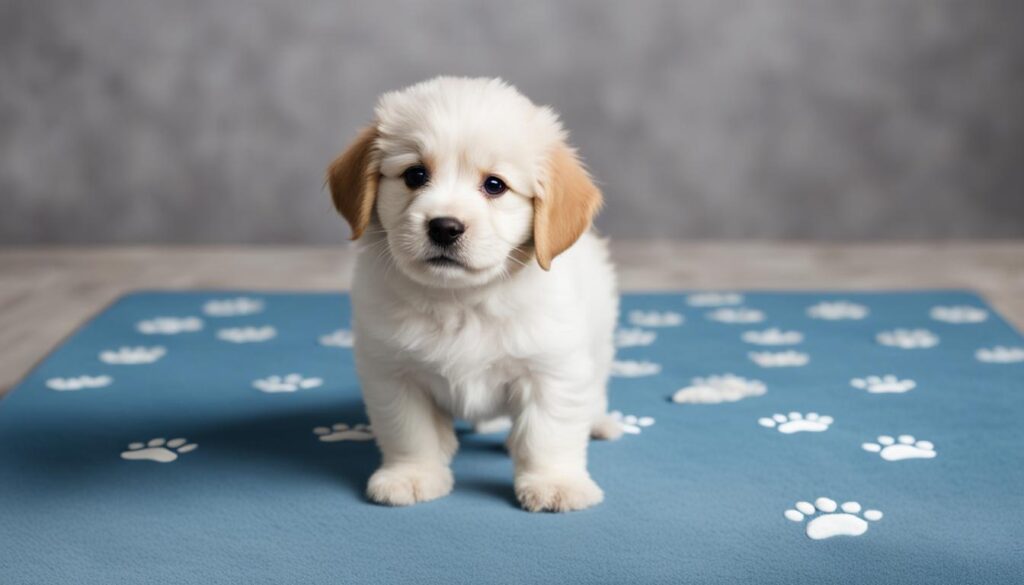
Crate Training
Crate training is a valuable technique for indoor dog toilet training and housetraining a puppy. Dogs naturally have an instinct to keep their sleeping and eating areas clean, so a crate can help prevent accidents indoors.
When crate training your dog, it’s important to choose the correct crate size. Your dog should have enough room to comfortably stand, turn around, and lie down. A crate that is too large may encourage your dog to eliminate in one corner and sleep in another.
Use the crate when your dog cannot be directly supervised, such as during times when you need to leave the house or when you are unable to provide constant attention. Additionally, crate training can be beneficial for naptime and bedtime, helping your dog establish a routine for sleeping and eliminating.
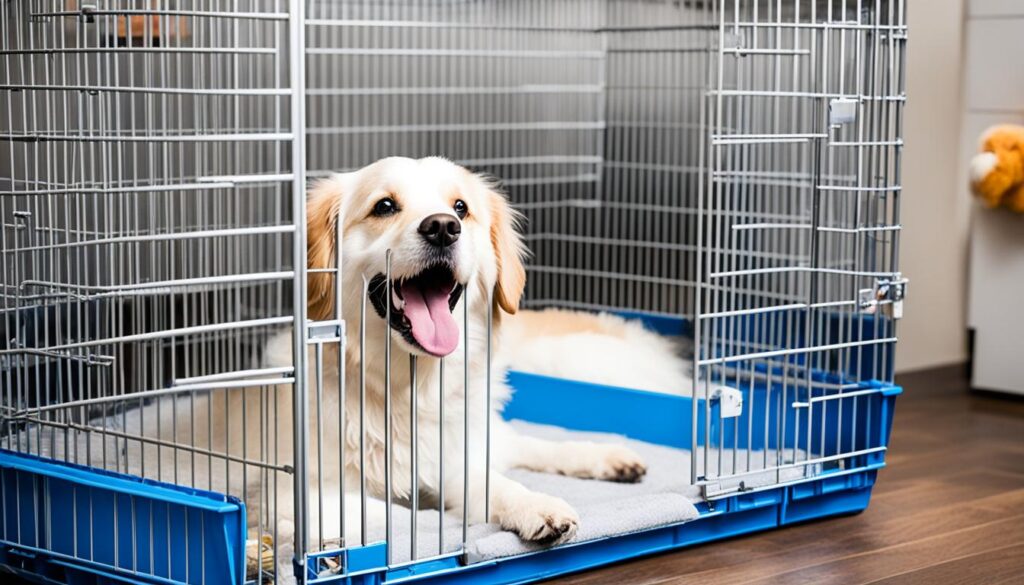
Introduce the crate gradually to help your dog become familiar and comfortable with it. Place the crate in an area where your dog can still be a part of the family, such as the living room or a commonly used space. Use positive reinforcement, such as treats or praise, to encourage your dog to enter the crate. Make the crate a positive and inviting space.
Remember that crates should never be used as a form of punishment. The crate should be a safe and comfortable space for your dog, not a place of confinement or isolation.
With consistent training and a positive approach, crate training can be an effective method for housetraining your puppy and teaching them proper indoor toilet habits. It helps establish boundaries and aids in creating a structured routine for your dog.
Handling Accidents and Rewarding Success
During the toilet training process, accidents are bound to happen. It’s important not to shout or punish your puppy for these accidents, as it can create fear and confusion. Instead, use an ammonia-free cleaning product to clean up accidents and carry on with the training.
Positive reinforcement is a vital aspect of toilet training. When your puppy eliminates in the correct spot, reward them with praise, treats, or playtime. This reinforces their good behavior and encourages them to continue eliminating in the appropriate area.
Consistency and patience are key when toilet training your dog. It takes time for them to learn and adapt to the desired behavior. By maintaining a consistent routine and offering positive reinforcement, you can successfully teach your puppy where to go potty.
Remember, accidents are part of the learning process, so stay calm and patient. Celebrate your puppy’s successes, and they will soon become fully accustomed to their designated potty area.
